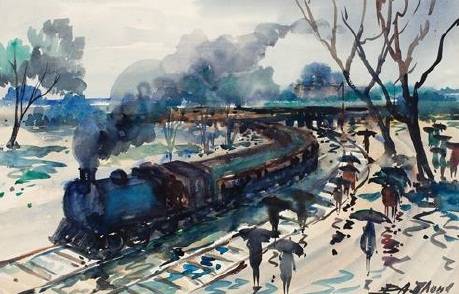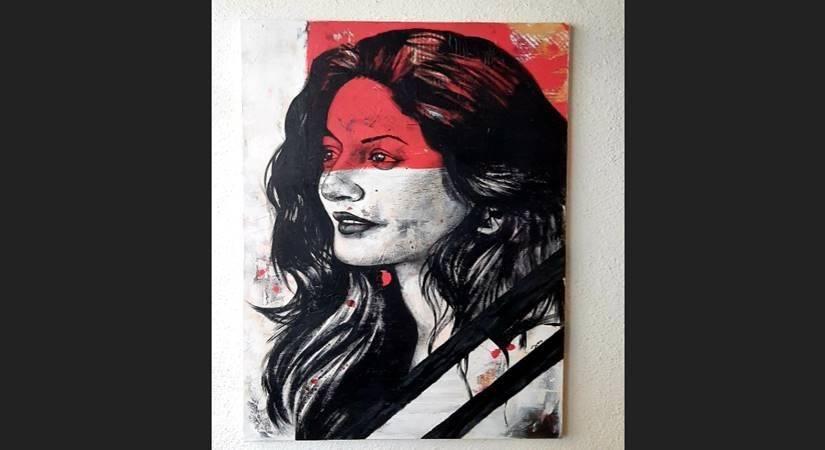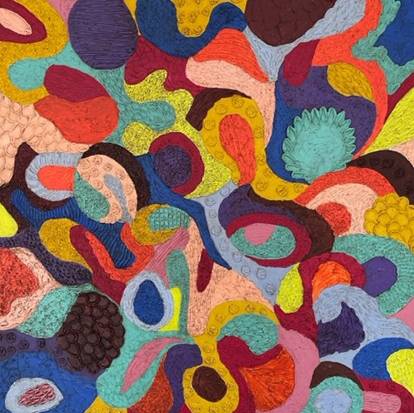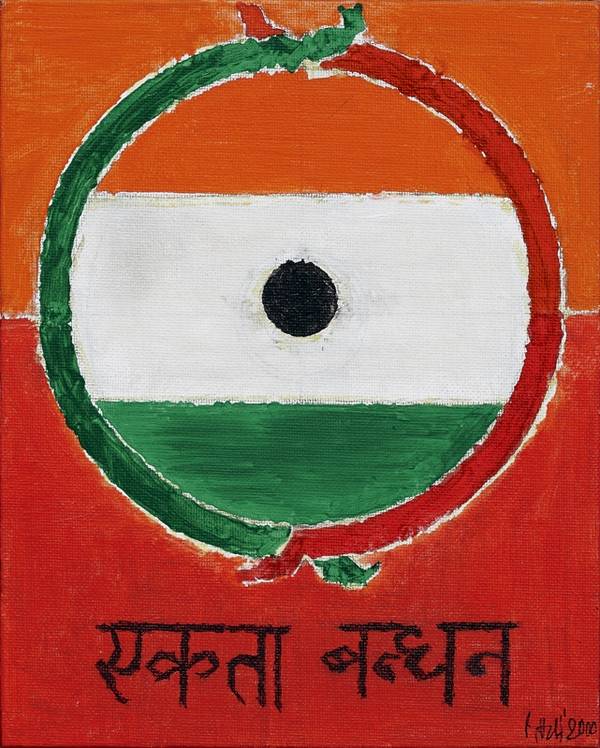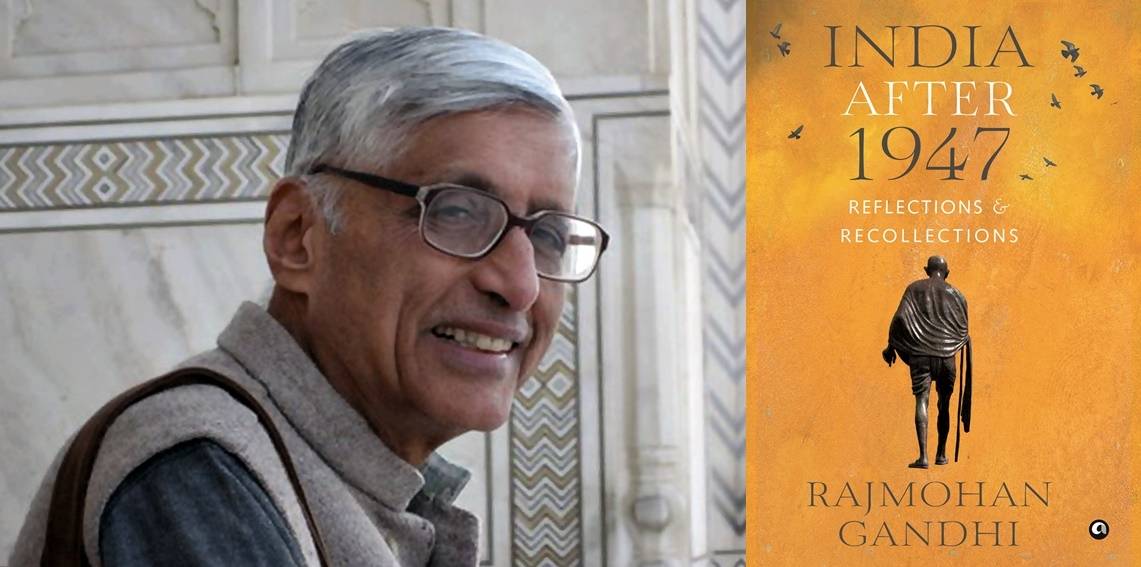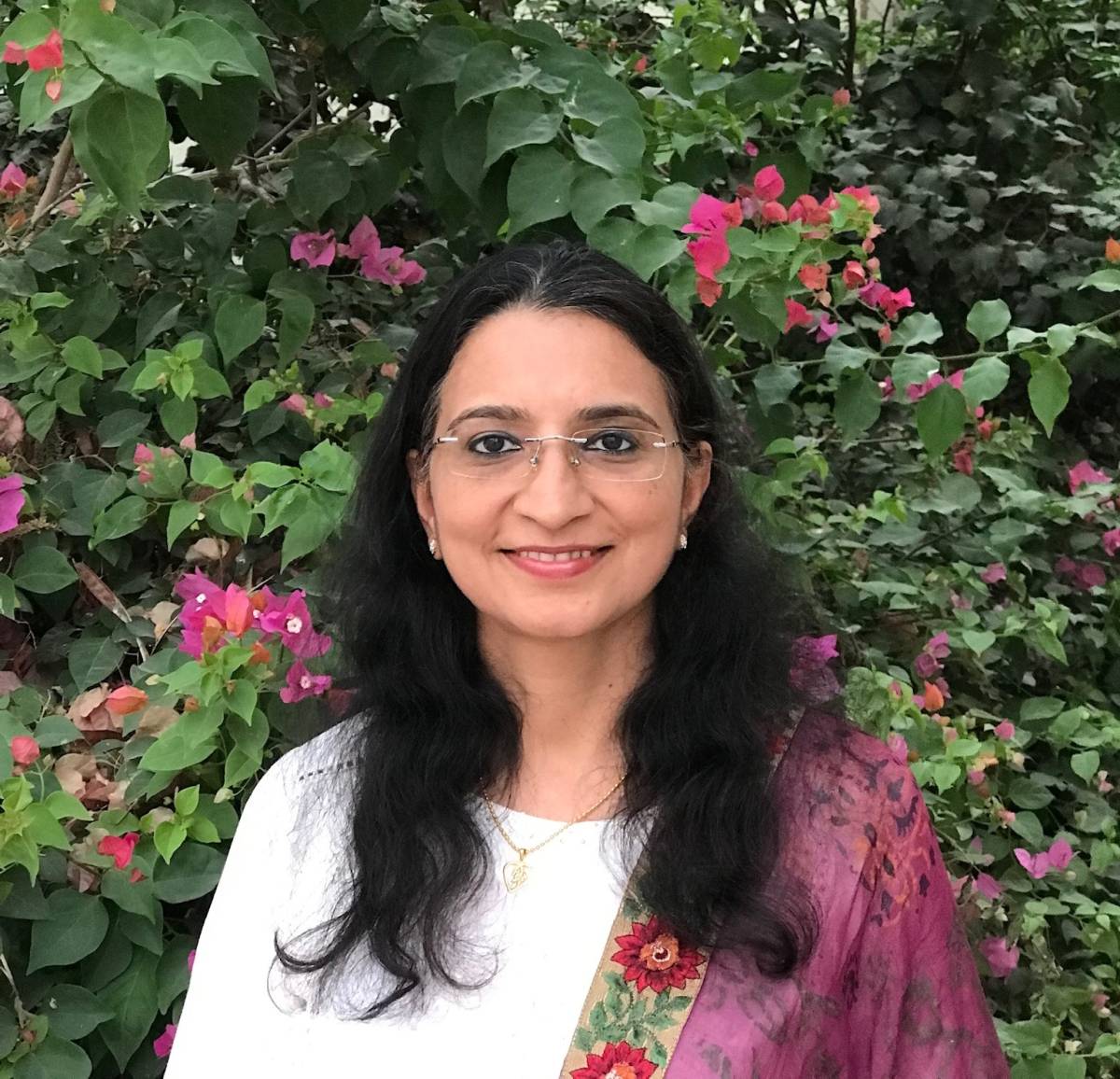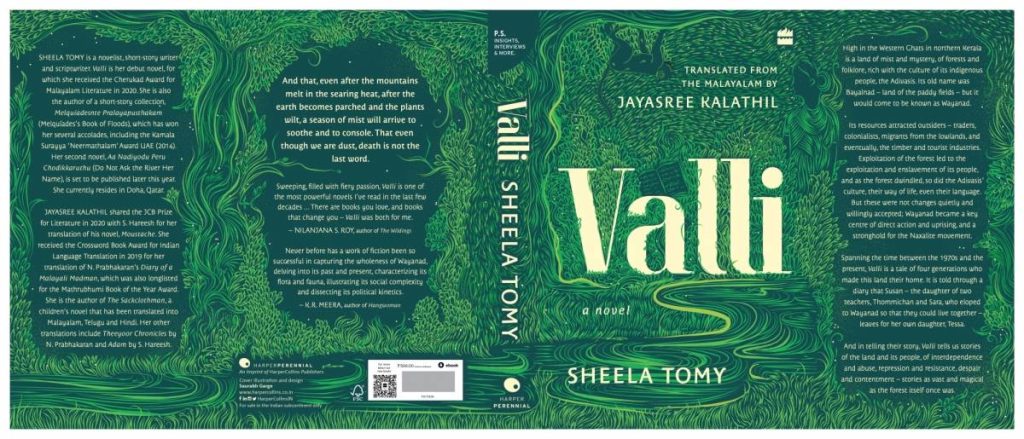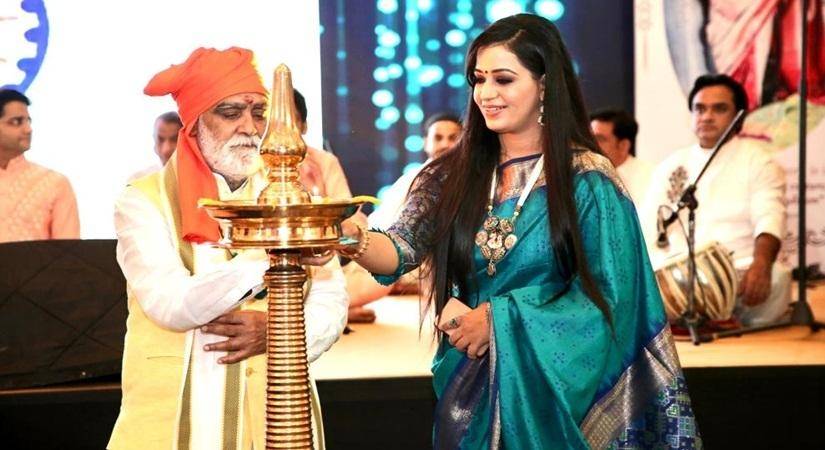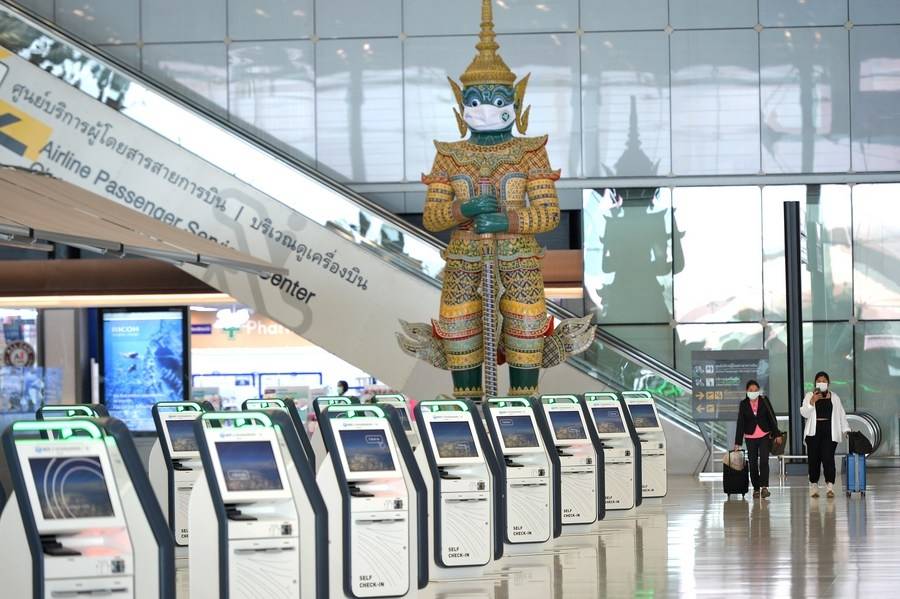The exhibition’s interpretative tactics, including text, interactive displays, outreach, and programming, are created to make the show enjoyable, approachable, and relatable. DAG also collaborates with knowledgeable museum instructors to reach a variety of audiences, including those who are disabled…reports Asian Lite News
Independent art gallery in India, DAG has promoted contemporary Indian art all round the world for the past 25 years.
It has supported exhibitions that are educational, nonprofit, and open to the general Indian public since 2019. To that end, the gallery has collaborated with significant organisations like the NGMA Mumbai (‘The Romantic Realist: M. V. Dhurandhar’, 2018), the ASI (‘Drishyakala’, at the Red Fort, 2019; ‘Ghare Baire’, at the Old Currency Building Kolkata, 2020), and other eminent Indian museums like the Dr Bhau Dhaji Lad Museum.
Through mostly artistically created artefacts, “March to Liberation” retells the well-known narrative of the Indian freedom struggle and anti-colonial campaign (rather than historic artefacts). The artefacts, which were selected from the DAG collections, range from lesser-known works by Indian painters that deserve greater recognition to eighteenth- and nineteenth-century European works with historic worth in addition to their artistic value.
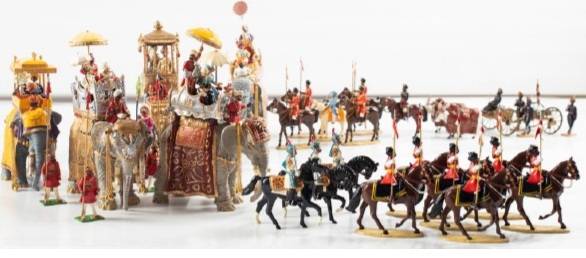
It aims to make the scholarship that has developed on this subject accessible to a broad non-specialist audiences who may be ‘put off’ by both history and art history.
The exhibition is structured around eight themes: Battles for Freedom, The Traffic of Trade, ‘See India’, Reclaiming the Past, Exhibit India, From Colonial to National, Shaping the Nation, and Independence. It uses these to showcase the many different arenas in which the anti-colonial struggle took place, including, but not limited to politics and battles.
So, for instance, we show how the arts, the economy, public spaces, and colonial institutions were all repurposed and re-imagined as sites from which to resist colonialism, and shape an independent nation. Within each theme, the exhibition will also cover key well-known events, that will function as ‘pegs’ for visitor understanding.
Visitors will be free to research the freedom movement according to their own interests and levels of knowledge since the traditional chronological approach won’t be used. The items chosen for each theme depart from the traditional art gallery format of “schools,” “styles,” and “masterpieces” to offer a diverse and eclectic exhibition experience. They include anything from movie posters to sculptures, prints, sketches, paintings, and figures.
The exhibition’s interpretative tactics, including text, interactive displays, outreach, and programming, are created to make the show enjoyable, approachable, and relatable. DAG also collaborates with knowledgeable museum instructors to reach a variety of audiences, including those who are disabled.
Ashish Anand, CEO & Managing Director, DAG, notes, “Since 2019, DAG has promoted educational, non-profit exhibitions that bring art to the wider Indian public. To achieve this goal, we have partnered with important national institutions like the National Gallery of Modern Art Mumbai (The Romantic Realist: M. V. Dhurandhar, 2018), and the Archaeological Survey of India (Drishyakala, at the Delhi Red Fort, 2019; and Ghare Baire at Kolkata’s Currency Building, 2020).
“We have exhibition partnerships with other leading Indian museums such as the Dr Bhau Daji Lad Museum, in addition to ongoing exhibitions at our gallery spaces that have been extremely well-received. Some of our path breaking shows have included material that has never before been seen in India. The enthusiastic response has spurred us on to do more, and better. March to Freedom presents us with a special moment: celebrating seventy-five years of Indian Independence at the oldest museum in the country.”
“This exhibition draws upon works of art from the DAG collection to tell the story of how independent India came to be. If you are expecting the ‘usual’ history exhibition, we hope you will be surprised by what you find, or find missing. For those expecting a ‘typical’ art exhibition, we hope to startle you by the eclectic mix of works on display.
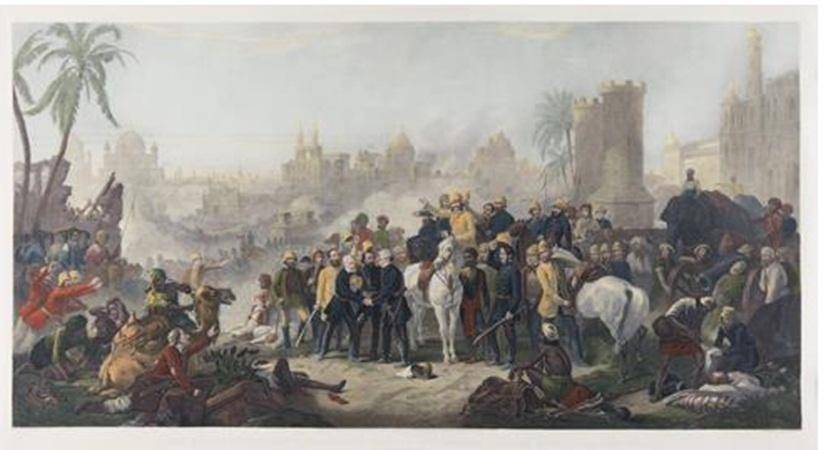
“Many of us may remember the familiar timeline of events, and the famous people who led the march to freedom, from our school lessons. Others may recall it from personal experience, or family stories. Here, we will explore the story through artworks grouped around eight themes. You have the freedom to approach the exhibition as you like. As we celebrate the seventy-fifth anniversary of our birth as a nation, this exhibition offers a space to pause and reflect on our journey towards nationhood. How we accommodate and negotiate with our past changes over time, depending on our present realities. So, what we choose to do today will shape our future,” noted Dr. Venkateswaran.
ALSO READ-WORLD PHOTOGRAPHY DAY SPECIAL: Iconic photographs by renowned photographers

